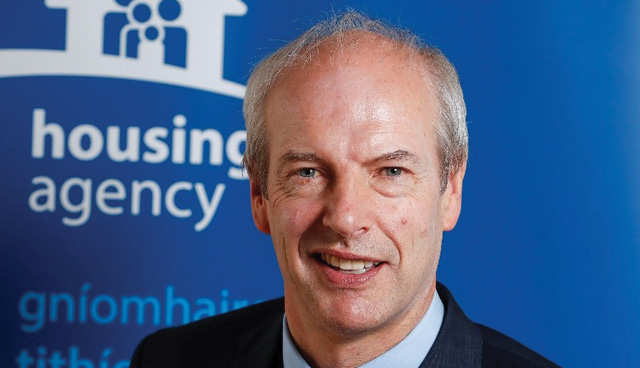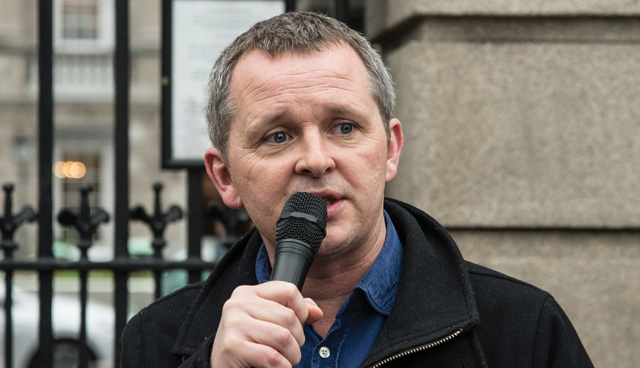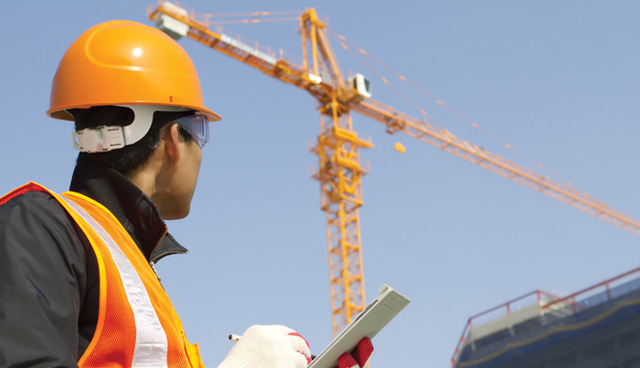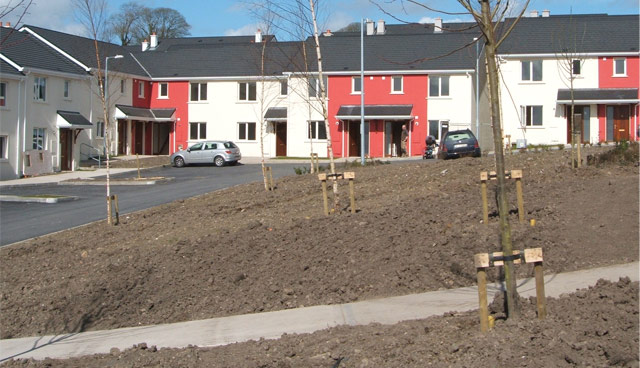
Investing in Cork’s social housing
1st August 2018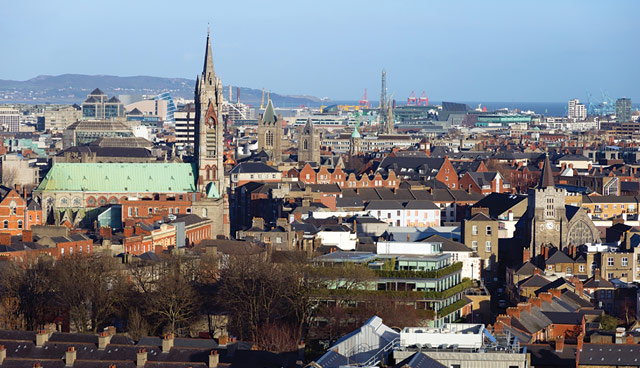
How to deliver affordable rental?
1st August 2018Land availability
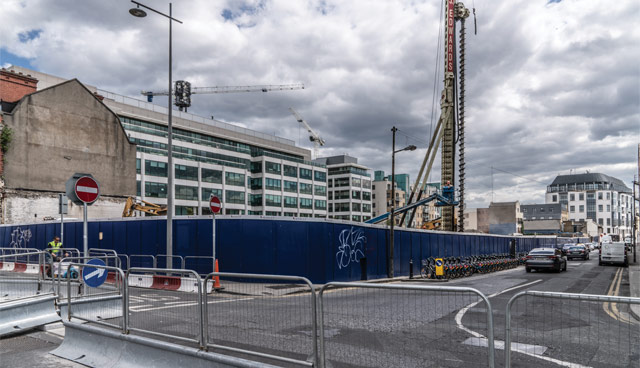
In 2014, the then Department of Environment, Community and Local Government, in conjunction with local authority planning departments carried out a national survey of all lands zoned for residential or primarily residential development in statutory local authority development plans and local area plans across Ireland.
The Residential Land Availability Survey 2014 determines the location and quantity of lands that may be regarded as being undeveloped and available for primarily residential development purposes.
The survey measured the total amount of lands that have been identified for housing development in the various local authority development plans and that are the highest priority for development. In effect, these lands are the areas within which much, if not all new urban housing in the State, is expected to be provided on over the next five or six years.
The area of such lands amounts to 17,434 hectares, which given a range of densities appropriate to whether the areas are in small villages or larger towns and cities and as determined by the relevant local authorities, could theoretically enable the construction of over 414,000 dwellings.
The figures provide insight into the alignment of plans nationally, regionally and locally. In this regard, the various regional planning guidelines, which co-ordinate local authority development plans, have cumulatively indicated a requirement for in excess of 280,000 new homes across all parts of the country, both urban and rural, in the period from 2010 to 2022.
Mixed use, such as development envelopes or other zoned land with residential potential were not included in the survey.
January 2017 saw the introduction of Vacant Land Registers. Since then, Irish authorities have been required to list all vacant sites from within their area that are suitable for development. As of January 2018, vacant sites which are bigger than 0.05 of a hectare (excluding gardens) have been subject to the Vacant Site Levy, as set out in the Urban Regeneration and Housing Act 2015.
Developers and landowners of unused land will face an annual charge equivalent to 3 per cent of the market value of the land in question. This fee will be payable in arrears from the beginning of 2019. The aim is to incentivise those responsible for vacant land to develop on it to boost available housing stock and combat the housing crisis.
In terms of residential land, it is considered vacant if it is suitable for housing, is situated in an area where there is a need for housing, and/or the site, or the majority of the site, is not in use. For regeneration land, the site is considered vacant if it is idle and has unfavourable effects on or reduces amenities, or if it has a negative impact on the area’s character.
Confusion has arisen amongst the ranks of the farming industry, where the definition of vacant land is concerned. This led to the Irish Farmers’ Association president Joe Healy asking the Government to issue clearer guidance on the vacant site levy.
He said: “It is abundantly clear that land being used for agricultural purposes is neither ‘vacant’ nor ‘idle’ and to impose a levy on it would be completely unacceptable and not in line with the intention of the legislation to bring in such a levy.
“No definition of ‘vacant’ or ‘idle’ exists in the relevant Act but some local authorities are acting on a circular issued by the Department of Environment and Local Government, which decrees that agricultural land zoned for another purpose may be considered ‘vacant or idle’.
“A number of farmers have had land included on their local authority’s vacant site register on the back of the circular. These farmers are very concerned about the high levy they will be liable for and are currently incurring costs to appeal the decision to An Bord Pleanála.”
Meanwhile, it has been claimed that only a very small proportion of the undeveloped land owned by Dublin’s local authorities has been included on the new vacant sites register. Indeed, the four local authorities in Dublin have included just 6 per cent of the total council-owned land that is zoned and serviced for residential development. Dublin City Council accounts for the vast majority of the sites listed.
It has included 21 sites on the register with an estimated capacity to build up to 1,900 new homes. The Dublin City Council land, valued at more than €60 million, is spread between locations which include Ballymun, Inchicore and the city centre.
No definition of ‘vacant’ or ‘idle’ exist in the relevant Act but some local authorities are acting on a circular issued by the Department of Environment and Local Government which decrees that agricultural land zoned for another purpose may be considered ‘vacant or idle’…
The former Readymix site in East Wall was originally bought by the Dublin Docklands Development Authority in 2006 and has remained undeveloped for more than a decade.
Lord Mayor of Dublin, Nial Ring, who lives in East Wall, says the site, which is now owned by Dublin City Council, is an example of an untapped housing resource. “The people in the area would love to see something on it. I know there is a plan to use part of the site for the North Strand Fire Station extension, but it is a lovely site, right overlooking the Tolka River. What a gem we have and we are not using it.”
Ring estimates that €700 million of capital investment would be required to develop all the sites that the council has included on the vacant site register. Commenting on these developments, a spokesperson for the Department of Housing said that each local authority must consider the proposed use of sites in their ownership on the vacant site register, “such as selling the sites for development or undertaking local authority-own development”.
The department said councils should “engage with the department for funding as appropriate”. Asked how much funding was provided for capital housing investment this year and next, the department said there was no precise amount of funding notified to individual local authorities in a particular year. “The department provides the relevant funding to local authorities as social housing projects are advanced and the provision of appropriate capital funding will not be an obstacle to delivery”.
Many of the sites that Dublin City Council has included on the list are former flat complexes, which the council plans to redevelop such as O’Devaney Gardens and Dominick Street. Across the three other local authorities in Dublin, just one council-owned site is listed as a vacant site. Dún Laoghaire-Rathdown has included land it owns in Ballyogan.
Fingal and South Dublin have not included any of the sites they own in the vacant site register. Around 18.5 hectares of council land has been included from a total of 304 hectares across the city.
The vacant site levy was doubled, rising from 3 per cent rate in the first year to 7 per cent for the second and subsequent years.
The measure, announced in Budget 2018, means that any owner of a vacant site on the register who does not develop their land in 2018 will pay the 3 per cent levy in 2019 and then become liable to the increased rate of 7 per cent from 1 January 2019.

